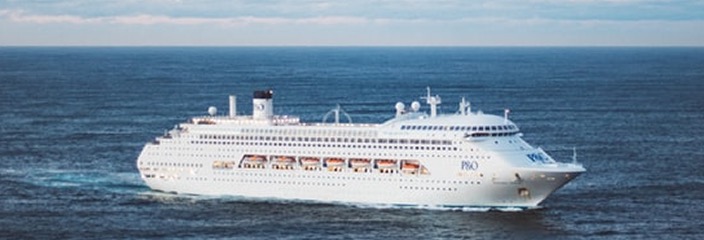
I read with great interest this month that ground was broken on the construction of a new cruise liner passenger terminal in Durban.
This has an important knock-on effect not only for the economy of KwaZulu-Natal, but also South Africa as a whole.
According to the City of Cape Town, if you have a cruise ship carrying an average of 2 000 passengers, the spend at their destination equates to R2 million per day. The latest stats suggest that, on average, tourists spend R501 to R1 000 each day, excluding the cost of their accommodation.
The cruise liner industry isn’t always seen as a central prong of the South African tourism mix, but with figures like that it cannot be ignored. The oft-cited stat is that for every 12 tourists visiting South Africa, one job is created. An investment into any aspect of boosting tourism is therefore crucial for pushing our economy forward and helping to alleviate poverty. Cruise liners bring tourists in by the thousands, so we should embrace the sector or risk missing the boat (pardon the pun).
The bottom line is that the more we expand our tourism offering and provide world-class facilities like this, the more attractive we become. And, through improving facilities for cruise liners at our ports, we are able to attract a group of tourists who may not otherwise consider travelling to South Africa.
Interestingly, the cruise liner industry is reported to be the fastest growing category in the leisure travel market. Cruise season figures have shot up nearly 30% over the past season. According to this news report on Bizcommunity, from October 2019 to April 2020, 23 luxury cruise ships are scheduled to call at the six cruise ports in South Africa. The Port of Durban will welcome around 17 of these.
In some ways, the cruise offering may be seen as a competitor to hotels, but I think these two groups can feed off each other. Many cruise liner travellers end up booking a pre- or post-cruise hotel stay, especially if they want to make sure they are able to board on time or to take some time to relax and re-find their land legs after the cruise. If we tap into this market appropriately, we can also encourage these travellers to see the cruise as merely one aspect of the holiday, with the added prospect of travelling to other spots in the region where the cruise ship stops off.
For this reason, we should be embracing the growth of the cruise liner industry and in fact working with all players to find opportunities for synergy. For example, are there opportunities to operate shuttle services between ports and hotels? Is there a package that cruise liners could offer that gives travellers the option to do more than just day trips, but rather travel inland for a night and enjoy a local experience? Those coming into the Port of Durban, for example, could get a chance to not only experience the beachfront, but also the Drakensberg or Empangeni.
As our economy suffers downgrades and a weak rand, the one constant we have is tourism. It has largely been a bullet-proof revenue stream into the country and probably our best way of ensuring economic survival and success. I applaud anyone, be it government or private investors, who sees its potential and invests accordingly – as with this latest cruise liner terminal.
